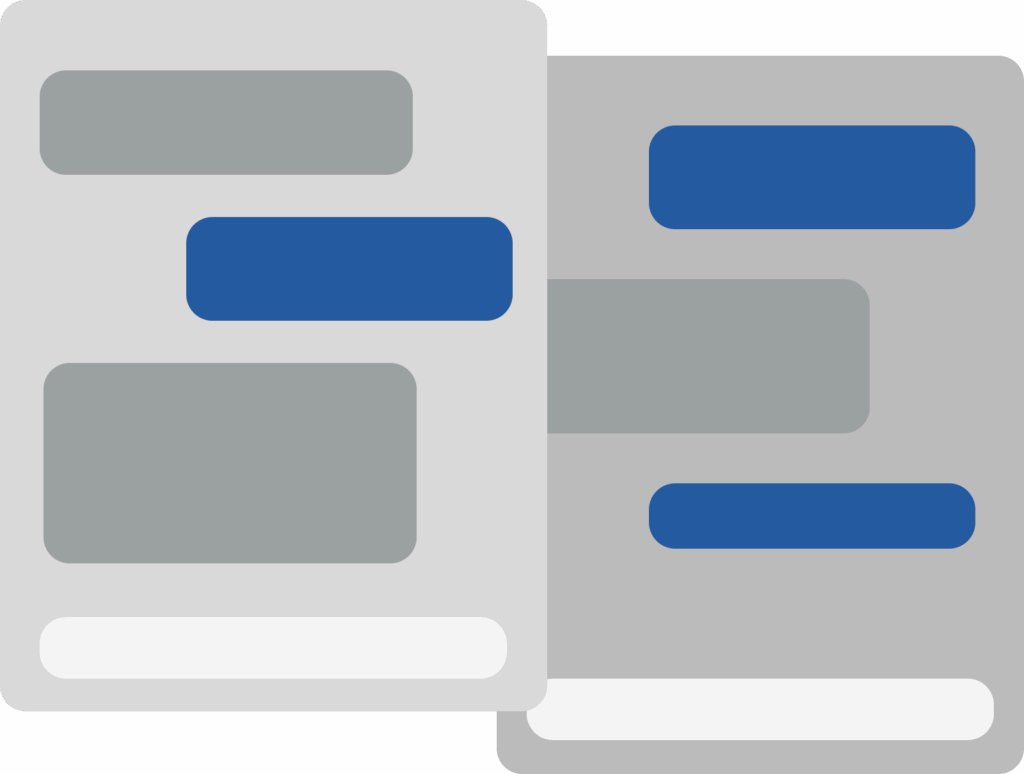
While chatbots are mostly known to be used for customer service, their potential within the financial and operational back office is rapidly growing. They’re emerging as powerful tools for accessing, analyzing, and ultimately driving data-driven decision-making within your organization. Financial back-office chatbots are a great way to access and extract meaningful insights from the huge amount of information available to an organization.
How Back-Office Chatbots Empower Data-Driven Decisions
Simplified Data Retrieval
Imagine a financial analyst needing to check the status of a large vendor payment. Instead of navigating complex accounting software or running intricate reports, they can ask a chatbot: “What is the payment status for Corporation A invoice #12345?” The chatbot, connected to the relevant systems, can instantly retrieve and present the information. This ease of access simplifies data, allowing back-office professionals to get the answers they need without specialized skills.
Real-Time Performance Monitoring
Chatbots can be configured to provide real-time updates on KPIs across various back-office functions. For example, an operations manager could ask: “Show me the number of pending invoices older than 30 days.” This immediate access to performance data enables proactive identification of bottlenecks and timely interventions.
Automated Report Generation
Generating routine reports can be a significant time sink for back-office staff. Chatbots can automate this process by understanding natural language requests. For example: “Generate a summary of accounts payable aging for the last month.” The chatbot finds the relevant data, freeing up valuable time for more strategic analysis and decision-making.
Proactive Anomaly Detection and Alerts
Integrated with AI and machine learning, back-office chatbots can go beyond simple data retrieval. They can be trained to identify unusual patterns or anomalies in data, such as a sudden spike in expense claims or an unexpected delay in a critical shipment. The chatbot can then proactively alert the relevant personnel, enabling them to investigate and address potential issues before they escalate.
Guided Data Exploration
Chatbots can guide back-office users through data exploration by suggesting relevant follow-up questions or related datasets. For instance, after providing the accounts payable aging report, the chatbot could ask: “Would you like to see a breakdown by vendor or by payment terms?”. This interactive approach encourages deeper analysis and uncovers valuable insights that might have been missed with static reports.
Back-Office Chatbot Use Cases
- Finance: A treasury manager can use a chatbot to quickly check daily cash positions across different bank accounts or inquire about foreign exchange rates.
- Procurement: A purchasing agent can use a chatbot to track the status of purchase orders, identify potential supplier delays, or analyze spending patterns by category.
- IT Support: IT chatbots can provide data on system performance, identify recurring issues, and offer insights into user pain points.
The Future of Conversational Data in the Back Office
As AI and NLP continue to evolve, back-office chatbots will become even more sophisticated. We can expect them to:
- Perform more complex data analysis and provide predictive insights.
- Integrate seamlessly with a wider range of back-office systems.
- Become more proactive in identifying opportunities and risks.
- Offer personalized data recommendations based on user roles and responsibilities.
In conclusion, the role of chatbots in the back office is rapidly expanding beyond basic information retrieval. They are becoming tools for empowering data-driven decision-making by simplifying data access, providing real-time insights, automating reporting, and proactively identifying critical trends.
Learn more about ICG’s AI-powered solutions by requesting a free demo or watching this short video.
